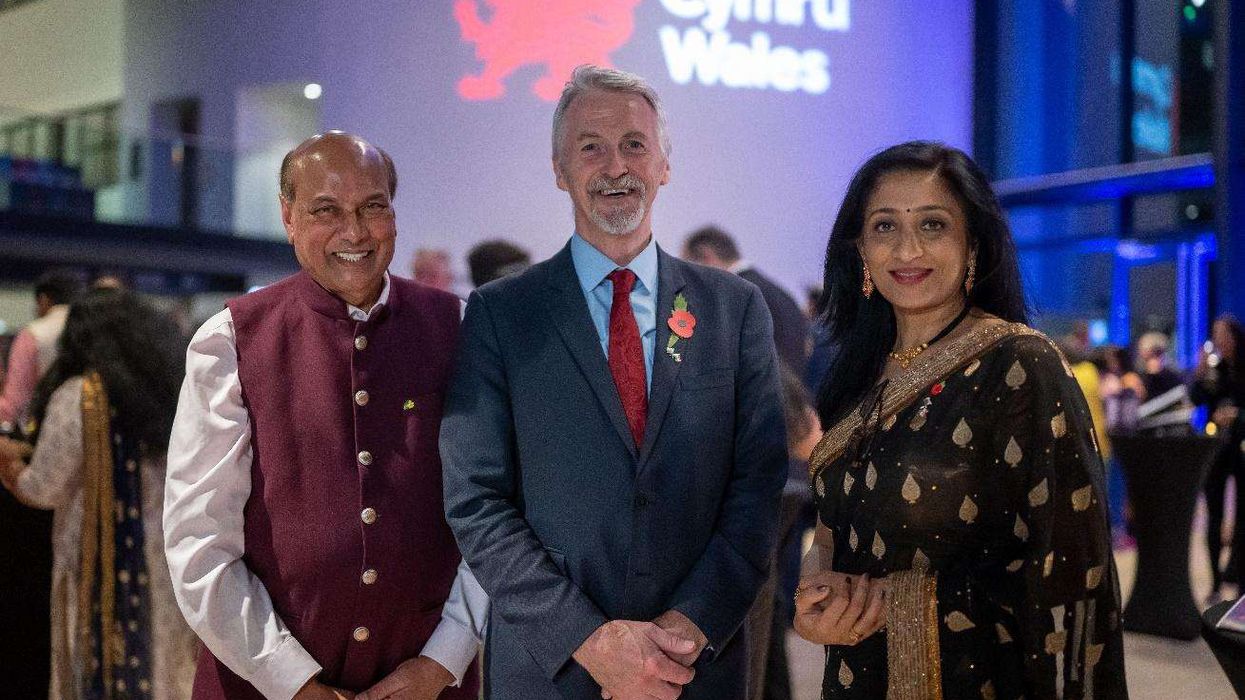A STATUE of Robert Milligan, an 18th century slave trader, was removed from its plinth outside a London museum on Tuesday (10) after global anti-racism protests triggered a debate about how Britain commemorates its imperial past.
Statues glorifying slave traders and colonialists have come into sharp focus in recent days, as part of a broader movement inspired by the Black Lives Matter protests that started in the US following the custodial death of George Floyd.
"While it's a sad truth that much of our city and nation's wealth was derived from the slave trade, this does not have to be celebrated in our public spaces," said Sadiq Khan on Twitter.
Earlier, the London mayor ordered a review of monuments across capital city, in response to mass protests in the city and elsewhere.
Khan explained that a commission would look at statues, plaques and street names which reflect the rapid expansion of London's wealth and power at the height of Britain's empire in the reign of Queen Victoria.
"Our capital’s diversity is our greatest strength, yet our statues, road names and public spaces reflect a bygone era," he noted.
On Sunday, protesters in the English port city of Bristol pulled down the statue of slave trader Edward Colston, and threw it in the harbour, while in Oxford on Monday more than 1,000 demonstrators demanded the removal of a statue of colonialist Cecil Rhodes.
The previously obscure statue of Milligan stood in front of the Museum of London Docklands, on the edge of the glitzy business district of Canary Wharf, which is surrounded by the multi-ethnic, working-class borough of Tower Hamlets.
Milligan, who owned sugar plantations in Jamaica, was involved in the construction of London's West India Docks.
Onlookers cheered and applauded as workers in high-visibility jackets separated the statue from its plinth, then lifted it off with a crane truck.
The mayor of Tower Hamlets, John Biggs, said from the scene he felt strongly it was no longer appropriate to leave the statue in place. He said it would be put into storage and discussions would take place about what to do with it.
"People assumed he was just a businessman who helped build the docks, but when you dig into it you learn that in fact he was a slave trader," he added said. "I find it refreshing, I find it inspiring that people want to learn and reflect."
The decision to remove the statue was taken by the owners of the land, a body called the Canal and River Trust. "We recognise the wishes of the local community concerning the statue of Robert Milligan at London Docklands," it said in a statement.
The Museum of London Docklands said the statue of the slaver had "stood uncomfortably" in the area "for a long time".
"The Museum of London recognises that the monument is part of the ongoing problematic regime of white-washing history, which disregards the pain of those who are still wrestling with the remnants of the crimes Milligan committed against humanity," it added.
The orderly removal of the statue was in contrast to chaotic scenes in Bristol on Sunday. Police there, however, decided not to stop protesters from toppling Colston's statue to avoid inflaming the situation.
Prime Minister Boris Johnson had called the pulling down of the statue was a criminal act, while Home Secretary Priti Patel termed it "utterly disgraceful".
On Tuesday, more than 1,000 protesters converged on a college at Oxford University, chanting "take it down" and "shame on you" to demand the removal of a statue of 19th century British colonialist Cecil Rhodes.
"Rhodes represents such a violent legacy of colonialism, imperialism, slavery, particularly in southern Africa," said protester Morategi Kale, a South African graduate student at Oxford. "The beginning is to take down a statue that celebrates that."
Many academics and public figures oppose the removal of such monuments, arguing they merely reflect history and should be used as points of discussion.
But demonstrators said the statue of Rhodes should no longer have pride of place on the facade of Oriel College, which overlooks Oxford's High Street.
"I think what he did should be in the museum, but not on an institution of higher education. It's just the wrong place," said Butch Smith, a chef, who had brought his young daughter to the protest.
Jeevan Ravindran, a student, said the statue showed the university was failing to engage with issues faced by students from ethnic minority backgrounds.
"For black and brown students to have to walk around this university and see these symbols of slavery and colonisation is frankly quite abhorrent," she said.
A previous student campaign in 2015, modelled on the "Rhodes Must Fall" movement in South Africa that led Cape Town University to remove its statue of Rhodes that year, had failed to convince Oriel to follow suit.
In a statement ahead of Tuesday's demonstration, the college said it abhorred racism.
"We understand that we are, and we want to be, a part of the public conversation about the relationship between the study of history, public commemoration, social justice and educational equality," it said.
"As a college, we continue to debate and discuss the issues raised by the presence on our site of examples of contested heritage relating to Cecil Rhodes."
A mining magnate, Rhodes was a central figure in Britain's colonial project in southern Africa, giving his name to Rhodesia, present-day Zimbabwe, and founding the De Beers diamond empire.
He made his fortune from the exploitation of African miners, secured power through bloody imperial wars and paved the way to apartheid with his beliefs and measures on racial segregation.
A student at Oriel in his youth, Rhodes left the college money when he died and also endowed the Rhodes Scholarships, which have allowed more than 8,000 students from countries around the world to study at Oxford over the past century.
The demonstration was peaceful, and there was no attempt to remove the statue, which stands in a niche high up on a building whose construction was partly funded by Rhodes.












